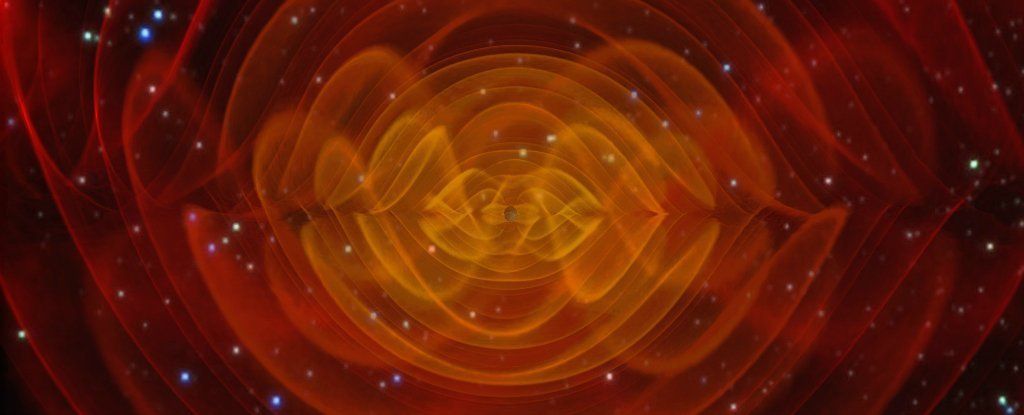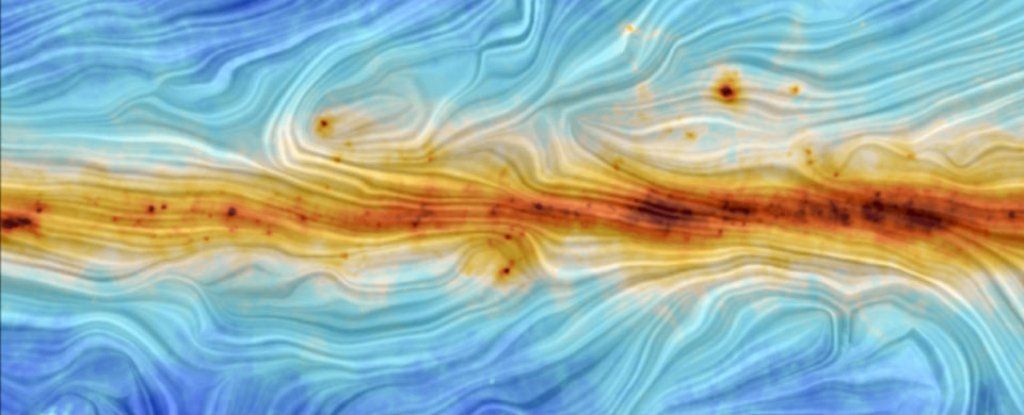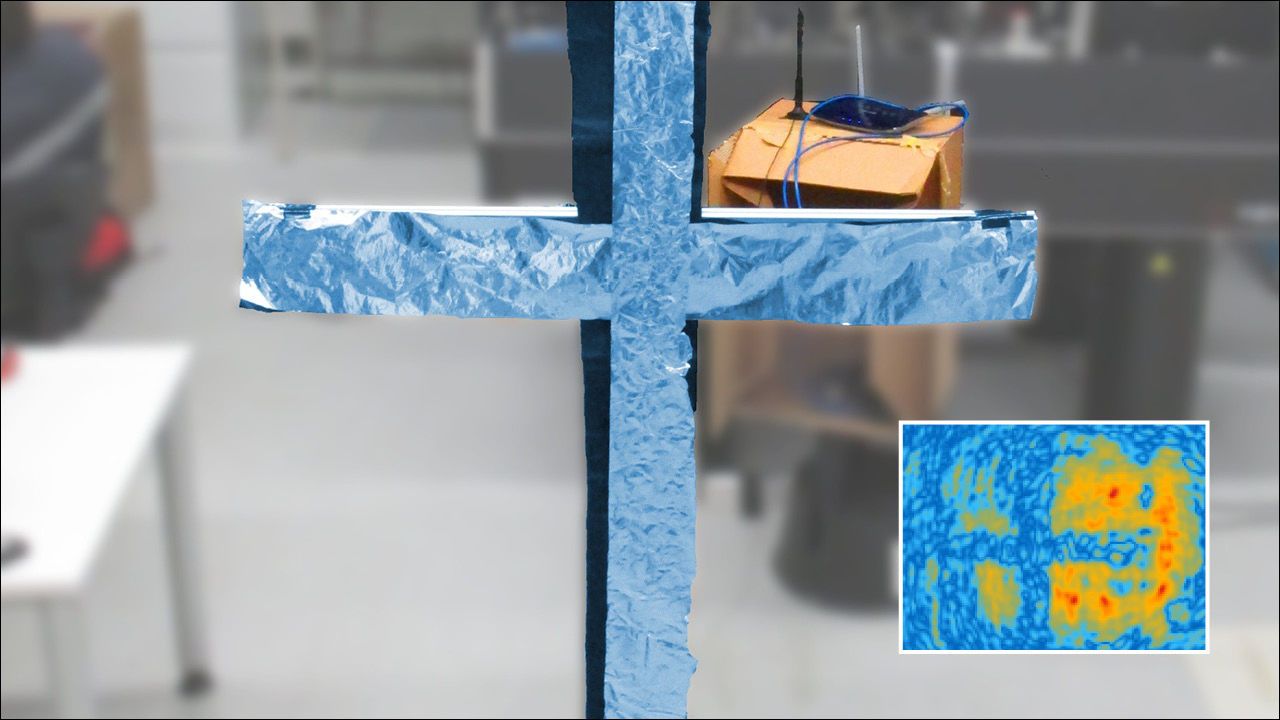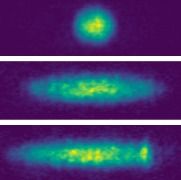Researchers have proposed a method for detecting exotic events in physics by looking for the scars they leave behind on the fabric of space.
By identifying how objects like cosmic strings or evaporating black holes leave behind memories of their existence on the Universe, it might be possible to move some rather strange phenomena from theoretical to empirical science.
It all comes down to an effect of general relativity called gravitational-wave memory, which is the distortion left behind as space is stretched and relaxed by a massive object.









